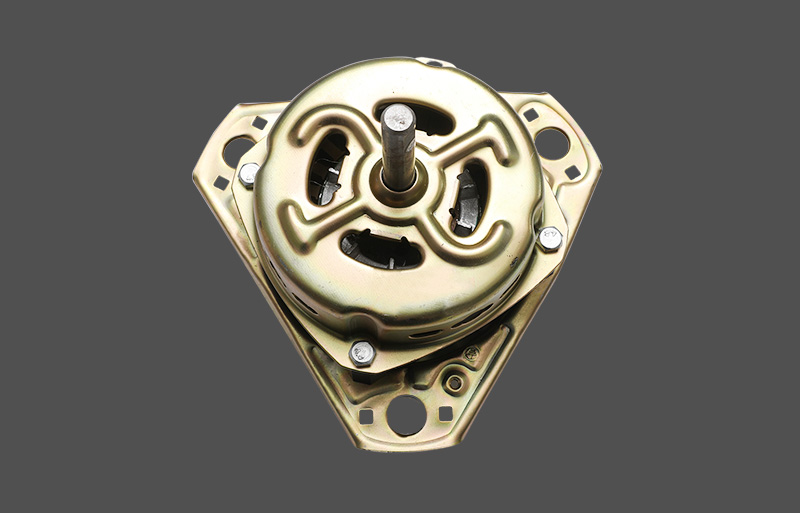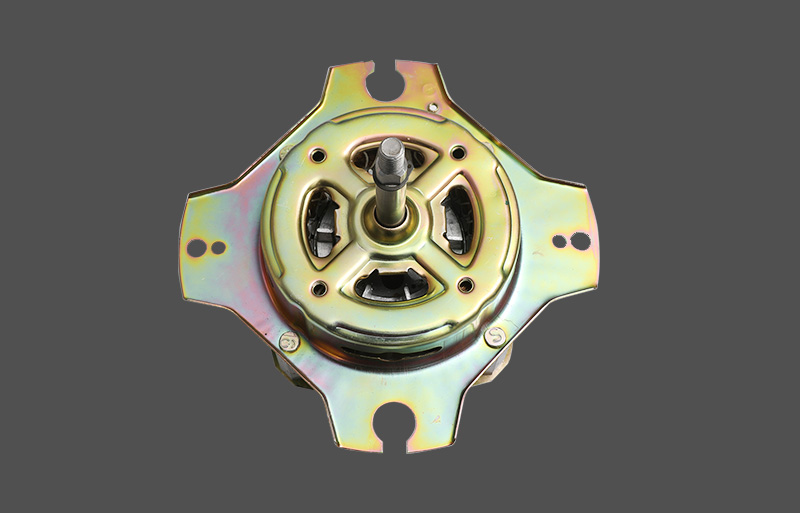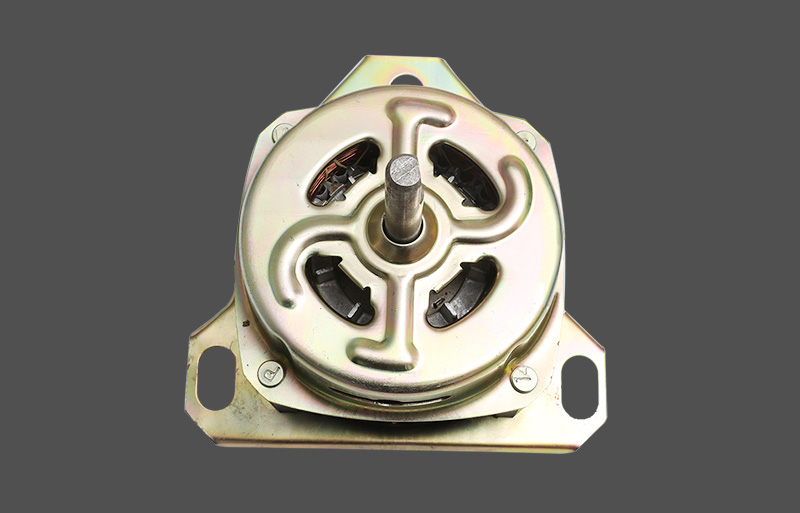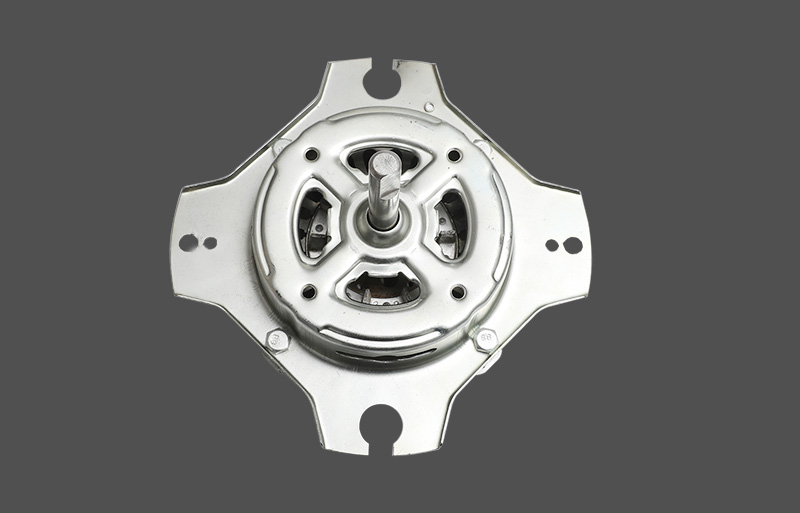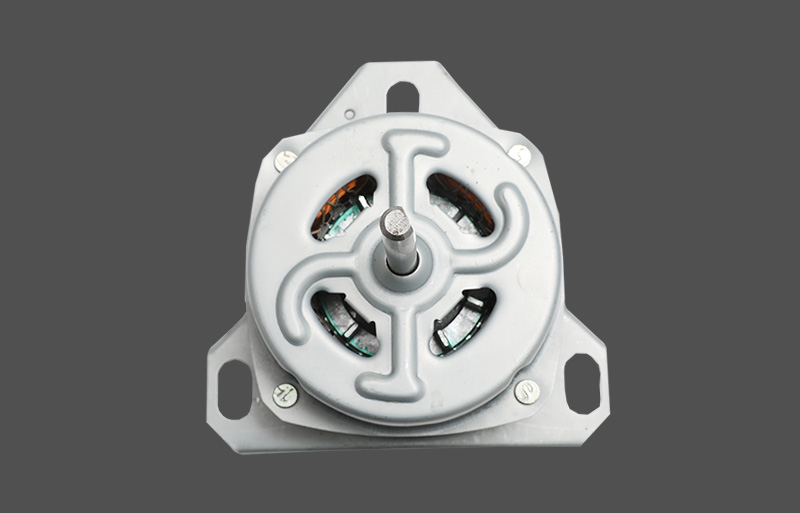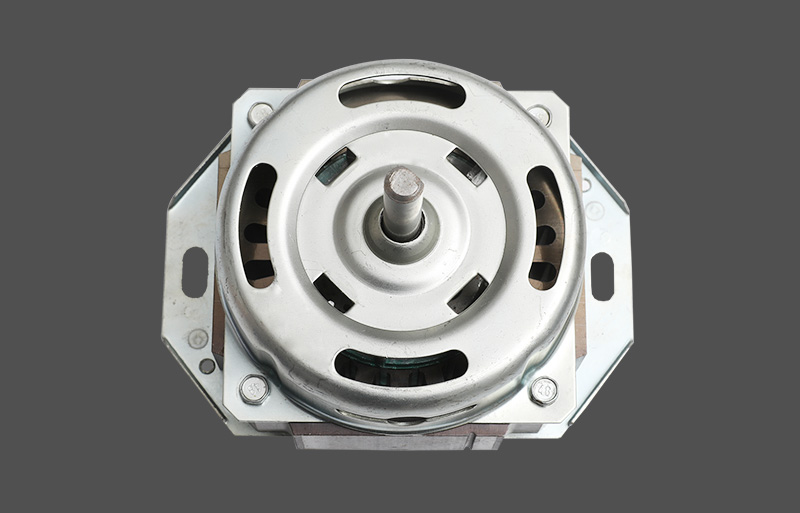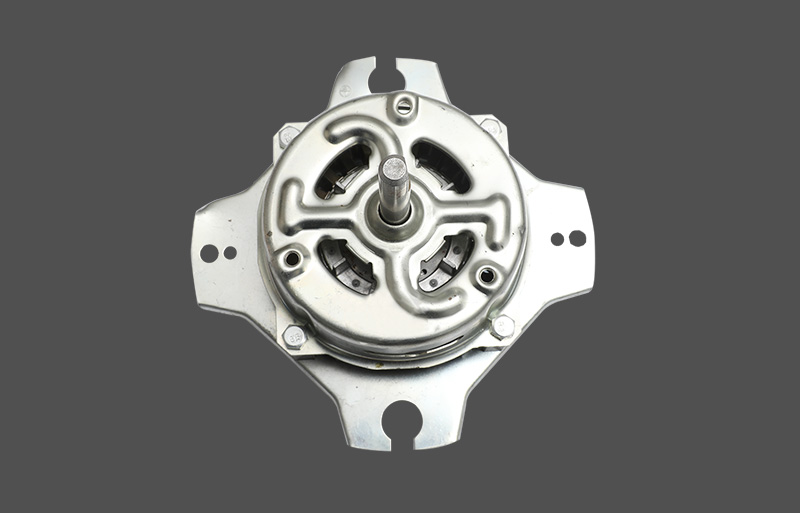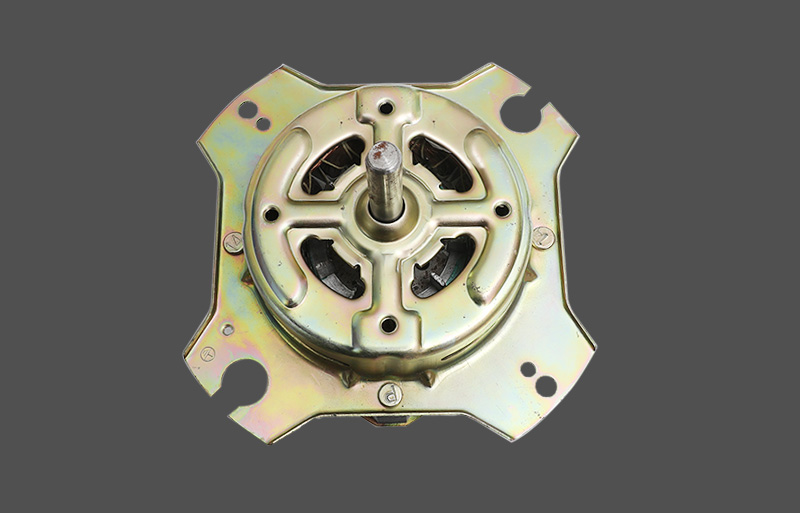The centrifugal motor of a washing machine is one of the core components of the washing machine. Its structural design directly affects the working efficiency, stability and durability of the motor. In the washing machine industry, an in-depth understanding of the impact of structural design on centrifugal motor performance is of great significance for improving product quality and meeting user needs.
Vibration reduction and noise reduction design:
Structural design plays a vital role in the vibration and noise reduction effect of the centrifugal motor of the washing machine. Excellent structural design can effectively reduce vibration and noise generated when the motor is running, improving the comfort of using the washing machine. Common vibration and noise reduction designs include the use of shock-absorbing rubber, reasonable support structures, and reducing unbalanced mass. By optimizing the structural design, the vibration and noise levels of the motor can be effectively reduced, and the user experience can be improved.
Thermal design:
The structural design also directly affects the heat dissipation effect of the centrifugal motor of the washing machine. The motor generates a lot of heat during operation. Poor heat dissipation will cause the motor to overheat, thus affecting its working efficiency and service life. Therefore, reasonable structural design should take into account the needs for heat dissipation and ventilation, and use heat sinks, heat dissipation holes and other designs to improve the heat dissipation efficiency of the motor and ensure that the motor can maintain a stable operating temperature under long-term high-load operation.
Sealing design:
Washing machine centrifugal motors are often exposed to humid, dusty environments, so good sealing design is crucial to protect the internal components of the motor from moisture and dust. The structural design should take into account the setting of seals and the optimization of sealing performance to ensure that the internal components of the motor are not affected by the external environment, thereby extending the service life of the motor and improving its reliability.
Material selection and lightweight design:
Structural design also involves material selection and lightweight design. High-quality materials can improve the wear resistance and corrosion resistance of the motor and extend its service life; while the lightweight design can reduce the weight of the motor, reduce energy consumption, and improve the mobility of the entire machine. Therefore, in structural design, attention should be paid to selecting high-strength and durable materials, and achieving lightweight through optimized structural design, thereby improving motor performance and user experience.




